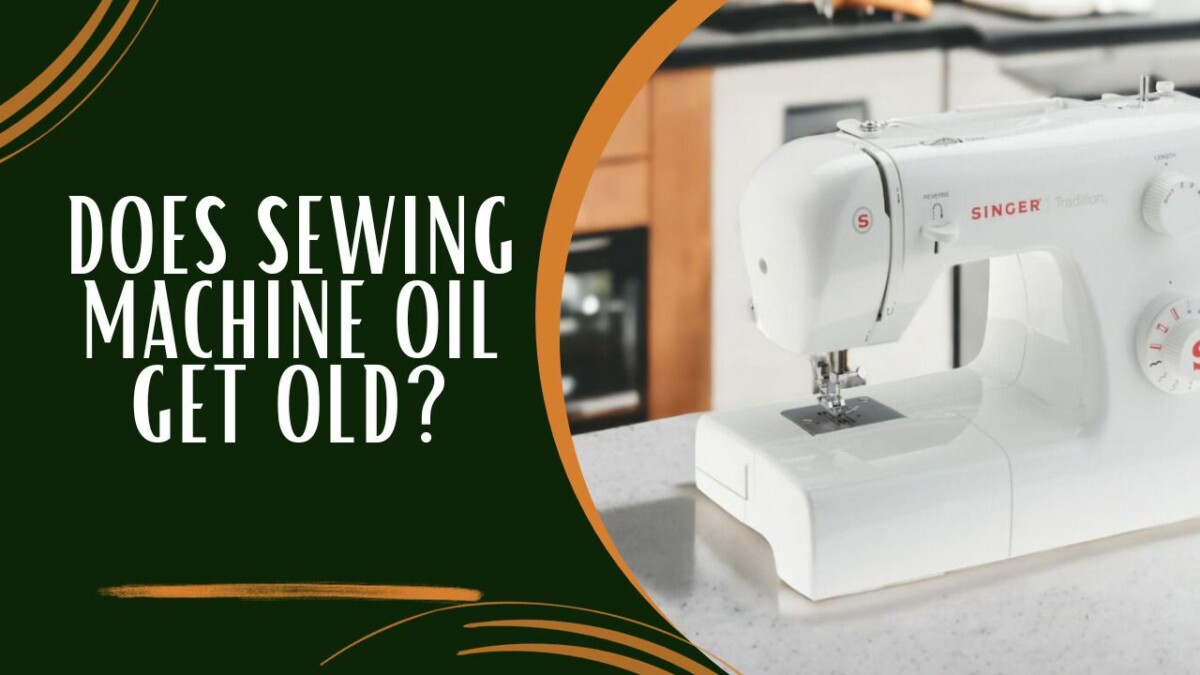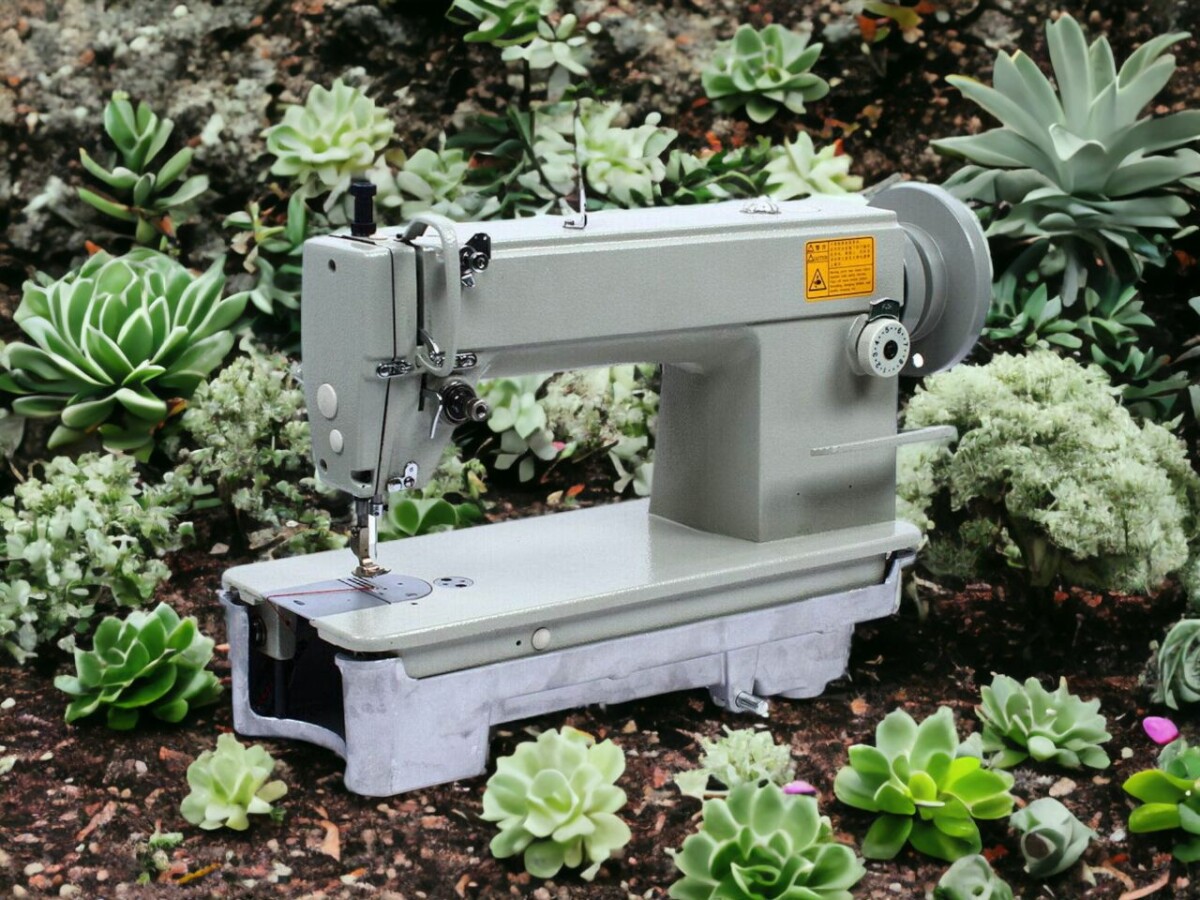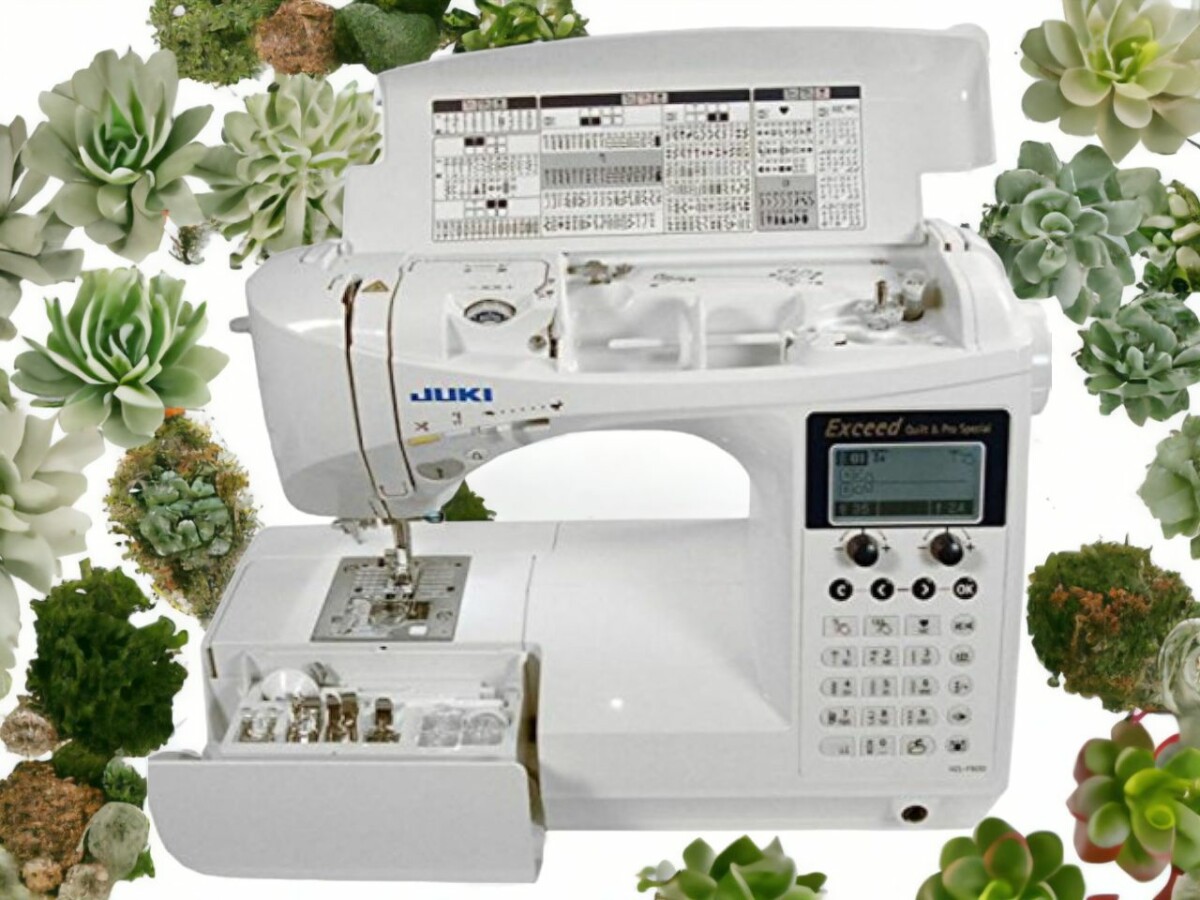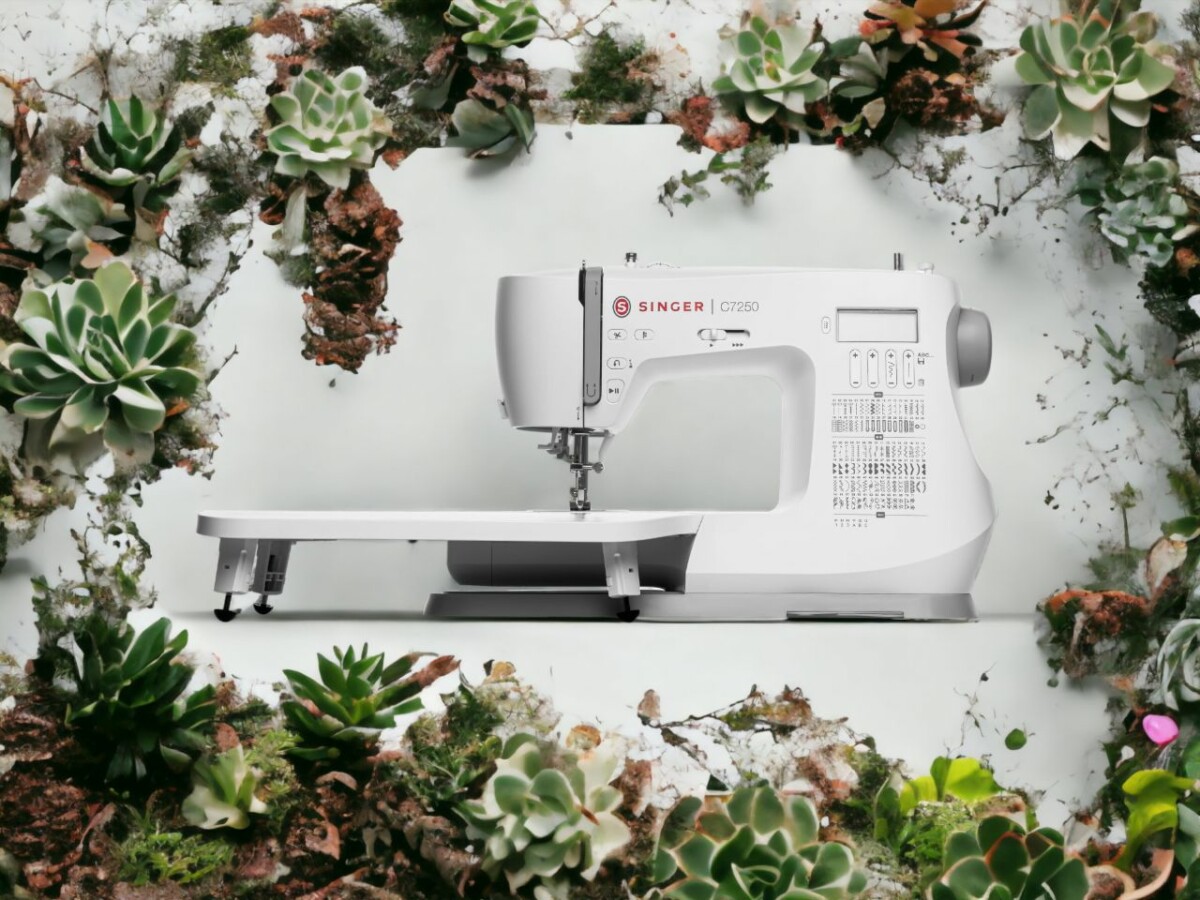Hey there, you could be on the edge of a sewing crisis and you’re totally oblivious. That reliable bottle of sewing machine oil that’s been gathering dust might just be the villain of your story.
Wondering if sewing machine oil can go bad? You bet! Ignoring this key aspect can cause your beloved machine to freeze up.
So, let’s get into the nitty-gritty about oil shelf life, how to use it right, and the potential disaster that comes with using expired oil.
It’s time we rescue your sewing machine from this impending doom.
Does Sewing Machine Oil Expire?
Yes, sewing machine oil can deteriorate over time. It’s wise to use fresh oil and steer clear of old or discolored oil, which may not lubricate your machine effectively.
Alright, let’s dive into why sewing machine oil is a total game changer. It’s pretty much the lifeblood of your machine, keeping it running efficiently and extending its life. Just like how a car needs oil to prevent it from becoming a clunky piece of metal, your sewing machine also needs some lubrication to keep it in top shape.
The main purpose of oil is to cut down on friction between the moving parts. This not only helps to keep your sewing machine from overheating, but also keeps it free from pesky dust and lint that can slow it down. And let’s not forget the impact on stitch quality – a well-oiled machine delivers more consistent and better quality stitches.
So, don’t skimp on the oil, it’s not just about keeping things moving, but also about maintaining the overall performance of your machine. A few drops of oil can literally make the difference between a sewing machine that works like a dream and one that’s a total nightmare. Trust me, a little lubrication goes a long way.
In a nutshell, regular oiling is a no-brainer when it comes to sewing machine maintenance. It helps keep your machine running smoothly, prolongs its life, and improves stitch quality. So, show your sewing machine some love and keep it well-oiled to keep it at its best.
The Lifespan of Sewing Machine Oil
Just so you know, that bottle of sewing machine oil you’ve got isn’t going to keep forever.
- Storing that liquid gold: To keep your sewing machine oil in its prime, stash it somewhere cool and dark. You don’t want it to turn bad because of too much light or heat exposure.
- The more you sew, the fresher the oil: If you’re a regular at your sewing machine, you’ll be switching out the oil more often. This keeps the oil fresh – if you leave it sitting around, it’s likely to go off.
- Keep an eye on your oil: You know your oil’s gone south if the color’s changed or if there’s some grime settled at the bottom.
- Remember when you bought your oil: Keep track of when you first got your oil and when you popped the seal. If you’ve stored it right, most oils should see you through for about five years.
Oiling Requirements of Different Sewing Machines
Alright, so let’s chat about oiling your sewing machine. It’s not just about slapping some oil on and calling it a day. Nope, it’s a bit more nuanced than that.
First off, the kind of machine you have and how often you use it will dictate your oiling game plan. And don’t even think about using just any old oil – you gotta use the stuff that’s specifically made for sewing machines.
Now, when it comes to the actual oiling bit, it’s all about precision. You’re going to want to use a tiny drop of oil at the spots that your machine’s manual recommends. And while you might be tempted to go oil-crazy, resist the urge. Overdoing it with the oil can lead to a nasty build-up and mess up your machine’s performance.
And here’s the kicker: not all machines are created equal when it comes to oiling. If you’re working with an old-school, non-computerized machine, you’re looking at oiling it every eight hours of use. But if you’re rocking a newer, electronic model, it might be self-lubricating or need less oiling.
But don’t just take my word for it. Make sure you read your machine’s manual to get the lowdown on its specific needs. Keeping on top of your machine’s oiling needs is the key to preventing damage and keeping it running smoothly for longer.
Trust me, your sewing machine will thank you for it.
Tips for Properly Oiling Your Sewing Machine
If you’re looking to keep your sewing machine purring like a kitten and extend its life, a regular oiling routine is key. But don’t get it twisted; it’s not just about how often you do it, but also the quality of the oil you use and the method you apply it.
Here’s the low-down on how to oil your sewing machine like a pro:
- Check out your manual: Each machine is a special snowflake with its own oiling needs. Your manual is like a treasure map, guiding you to the specific steps you need to follow.
- Pick the right oil: All oils aren’t created equal, folks. Stick to sewing machine oil to avoid any nasty surprises.
- Clean house before oiling: As part of your machine’s TLC routine, sweep out any lint and loose threads before you start the oiling process.
- Timing is everything: If you’re practically attached to your machine, a daily oiling routine will keep it in top form. If you’re more of a casual user, aim to oil every eight hours of use.
Risks Associated With Using Old or Incorrect Sewing Machine Oil
You might be thinking, ‘what’s the big deal with using old or off-brand sewing machine oil?’ Well, turns out, it’s not so chill for your machine. When you rock expired oil, it’s like throwing a wrench in your machine’s groove, making the parts stick and messing up your stitch game. This can really downgrade your sewing quality and even jack up your machine over time. So yeah, you’re basically shortening its lifespan.
And don’t get me started on using the wrong type of oil. It can be just as savage on your machine. If it’s too thick or too thin, it can totally throw off your machine’s vibe, making it run less smoothly. Worst case scenario? You might end up causing damage that can’t be reversed.
Before We Wrap Up, Let’s Talk About Some Key Takeaways!
We’ve spent a good deal of time discussing the perplexing question, “Does Sewing Machine Oil Get Old?” I mean, who would have thought the small sewing room corner could stir such a deep thought expedition, right? Well, before we wrap things up, there are a few interesting details that you’d definitely appreciate knowing.
First off, a sewing machine’s lifespan is one of those highly debated topics among craft enthusiasts like us. While our focal point primarily today was the oiling aspect, checking out just how long Brother sewing machines last can help you make more informed decisions. Spoiler: they happen to sit quite high up on the durability scale!
Next up, if you’re a bit tech-savvy and have a thing for modern day tech gadgets, here’s something which might catch your attention. Have you ever thought about how long computerized sewing machines last? Well, I guess now you’re curious! And don’t worry, the answer is quite promising for all us tech-heads!
Lastly, let’s talk brand royalty! Ever wondered how long Singer sewing machines last? As one of the pioneering brands in the sewing industry, Singer has an expected longevity rate that might just surprise you in the best possible way.
So, as we bid adieu to this informative journey, remember that your sewing machine’s health is dependent on both regular oiling and maintenance. Understanding the lifespan of your machine, be it Brother, a computerized one or even a classic Singer, is key in deciding on the right care procedures. Until next time, happy sewing!
I graduated from London College of Fashion, and I’ve been working for a Fashion Design company for 10 years. My other hobbies are going to the gym and reading.







